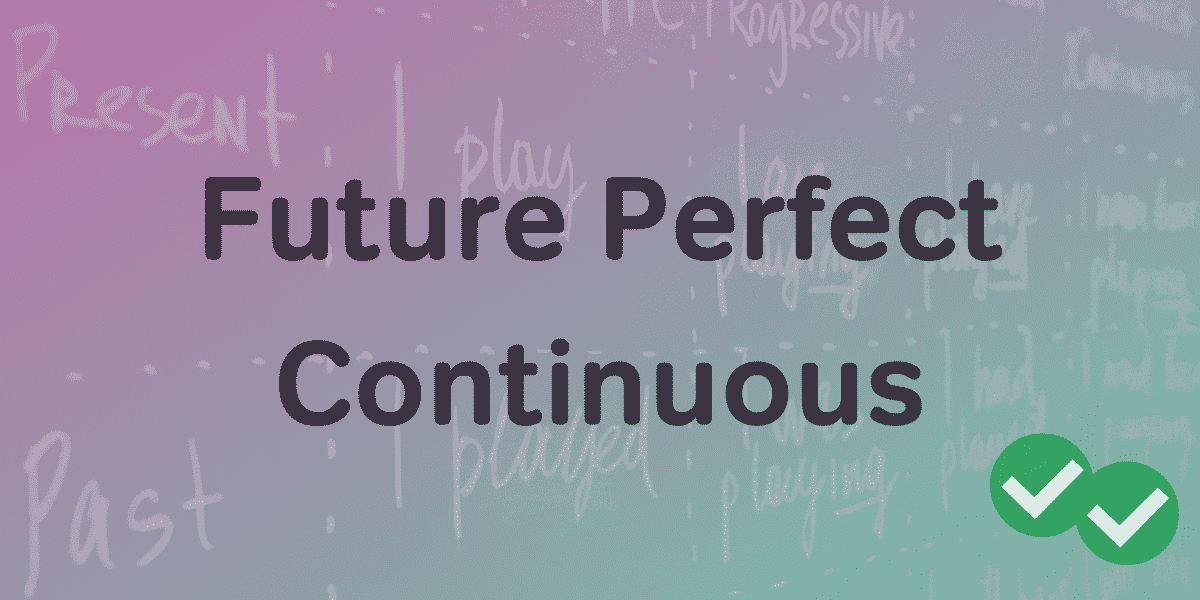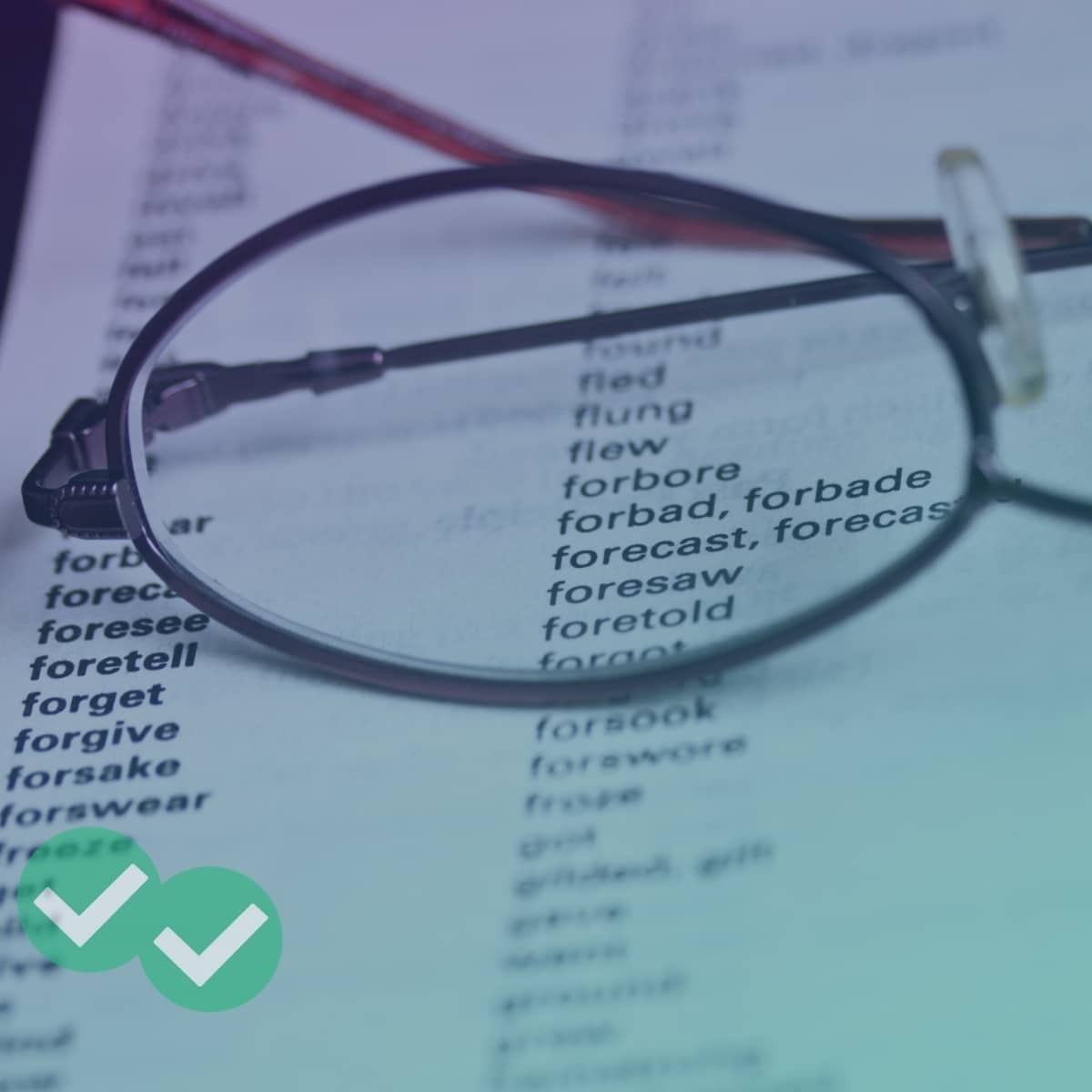
In this article, we’ll dissect the future perfect continuous tense and provide some common applications. We’ve included several tables for your reference. Visit our Verb Tenses article for breakdowns and resources on every verb tense.
Forming the Future Perfect Continuous Tense (with Tables)
Quick Reference Table: The Future Perfect Continuous Tense in All Forms
KEY
Ving → Present Participle
| Forms | Verbs |
| + | Will + have + been + Ving
I will have been working for 20 years this July. |
| ? | Will + subject +have + been + Ving
Will you have been working for 20 years in July? |
| – | Will + not + have + been + Ving
They will not have been working for very long. |
The formula for writing the future perfect continuous tense is: will + have + been + present participle.
Examples:
- When I’m forty, I will have been writing for 36 years.
- Next July, we will have been working on the project for nine months.
- At 10 p.m., Sergio will have been painting for seven hours.
**Going to**
It is possible to use am/is/are + going to instead of will in the future perfect continuous tense.
Example:
- He’s going to have been wandering in the woods for nearly 30 hours when morning arrives.
The form is correct but rarely heard.
Making It Negative
To make the negative form, use this formula: will + not + have + been + present participle.
Examples:
- I will not have been waiting there for 30 minutes when you arrive.
- She will not have been standing very long before the chair arrives.
- They will not have been running for very long when the water arrives.
Asking a Question
When asking a question, use the formula: will + subject + have + been + present participle.
Examples:
- Will she have been standing for very long when her chair arrives?
- How long will they have been running when the water arrives?
When To Use the Future Perfect Continuous Tense
This tense isn’t used as often as other tenses, but it is still important to know. You’ll need it to convey predictions, assumptions, and useful information in certain situations.
You use this tense when placing yourself in the future to talk about something that will happen. Try to bring that visual into each use of the tense.
Use #1
When describing an action that began in the past and will continue to a certain time in the future.
Examples:
- The president will have been speaking for nearly 2 hours when the ambassador arrives.
- Joe will have been working for BP for 40 years when his division shuts down next Fall.
- He will have been attending classes for over 400 consecutive school days by the time he graduates in May.
Use #2
When describing a cause and effect relationship in the future.
- Chad will be exhausted when he gets off work because he will have been working for 40 straight hours.
- Elinor’s dance routine will be perfect by the time the competition arrives. She will have been practicing for over 8 weeks.
When Not To Use It
The future perfect continuous can not be used with non-continuous or stative verbs.
- I will have been seeing 45 movies by the time Christmas arrives. – Incorrect
- I will have seen 45 movies by the time Christmas arrives. – Correct
Now you know how to use the future perfect continuous tense in English! 🙂



